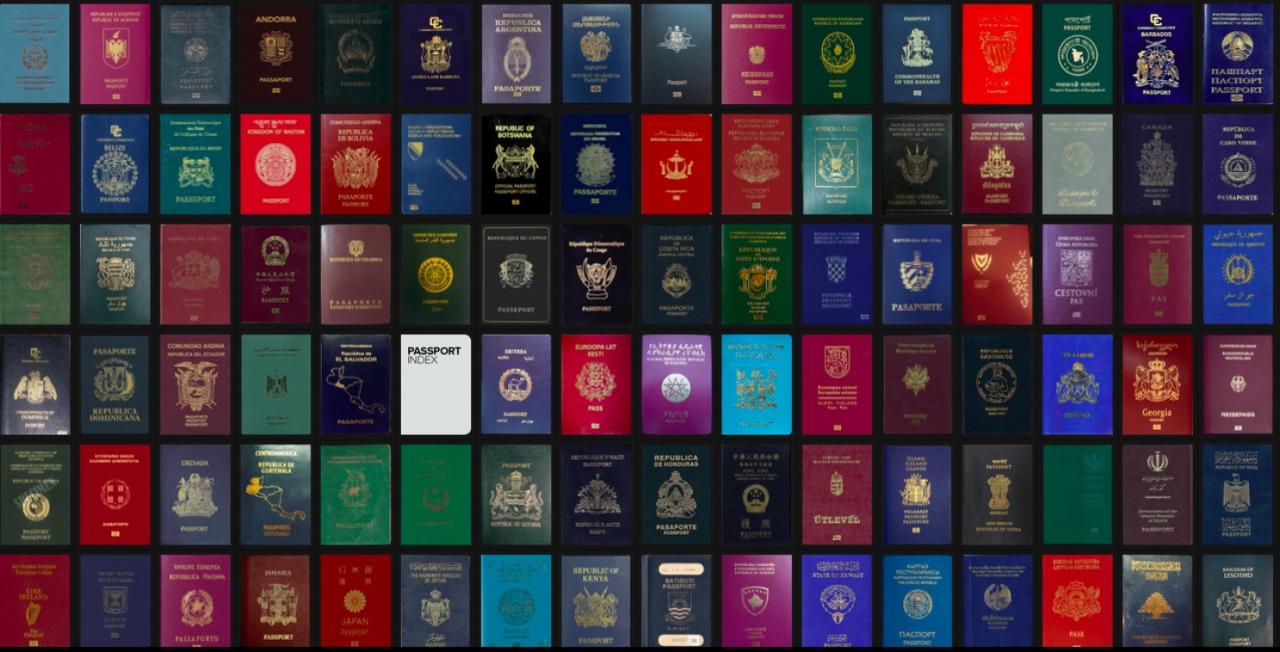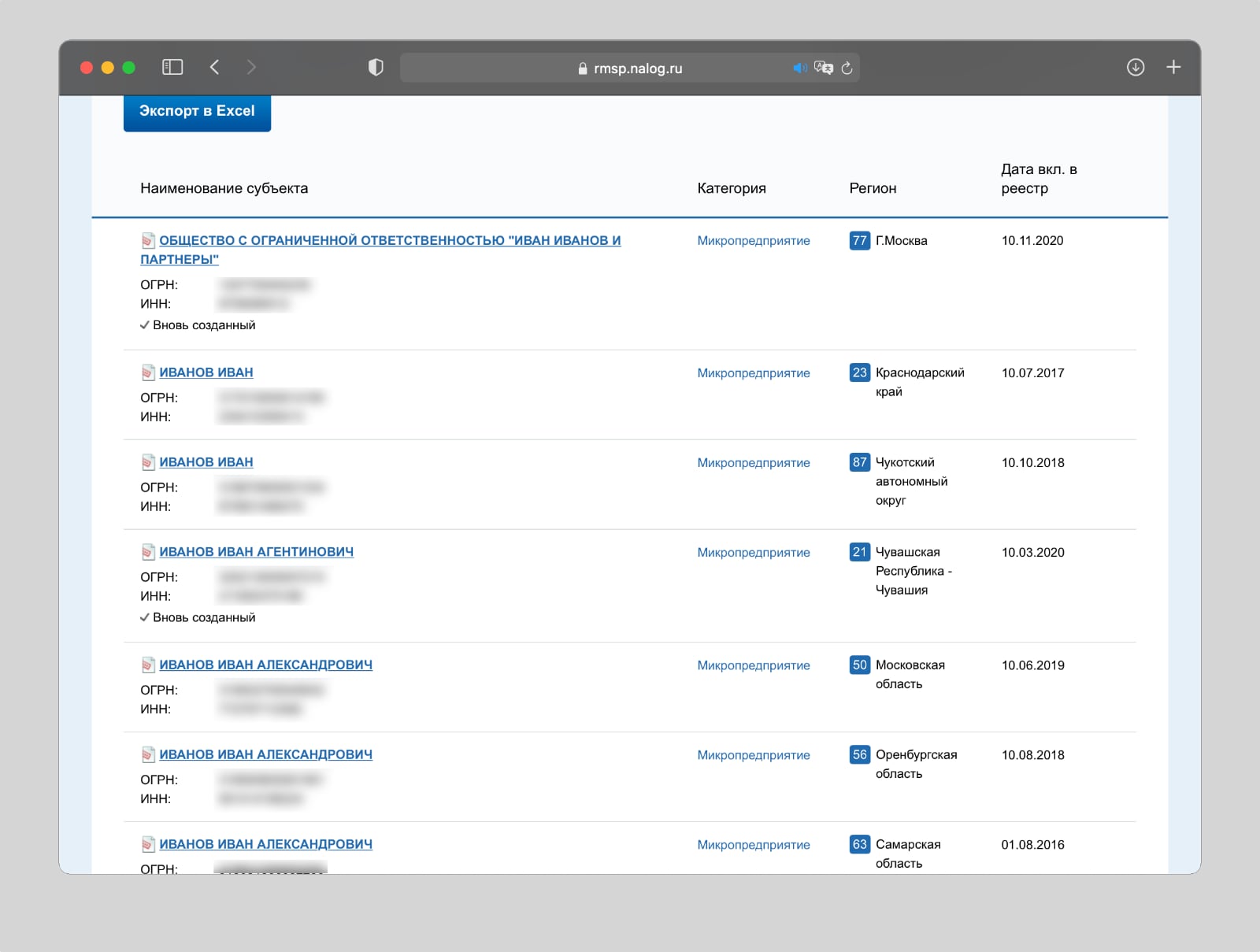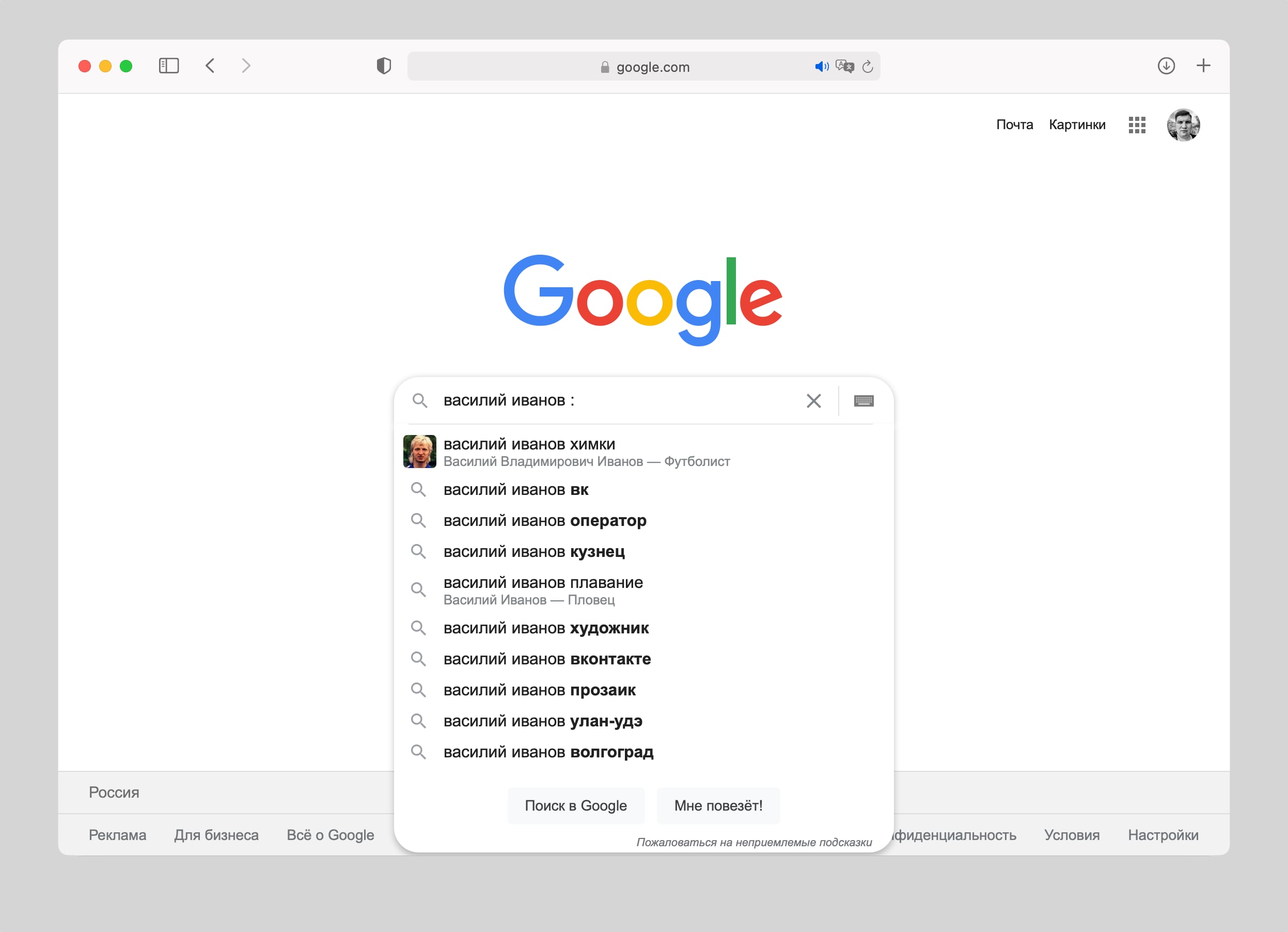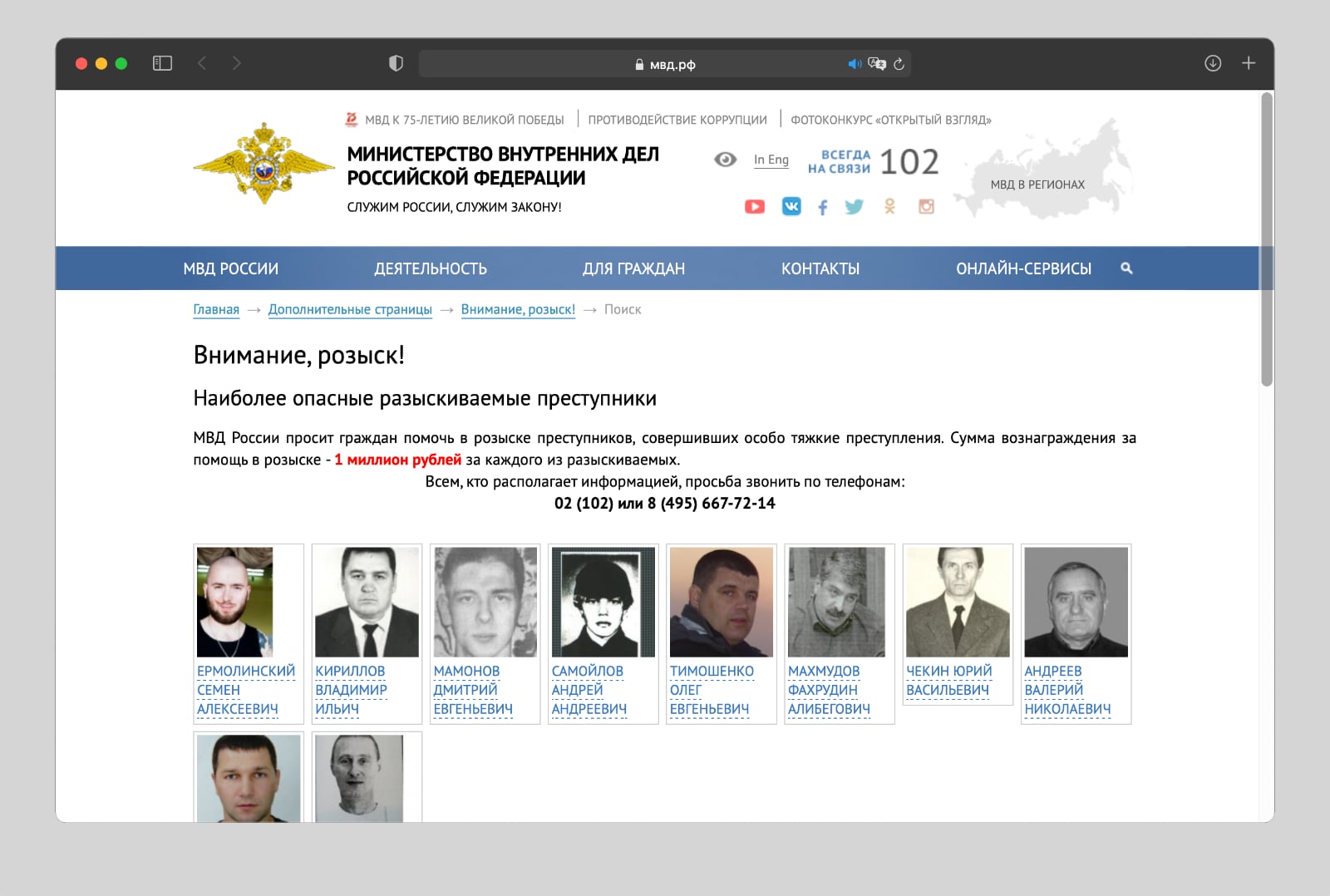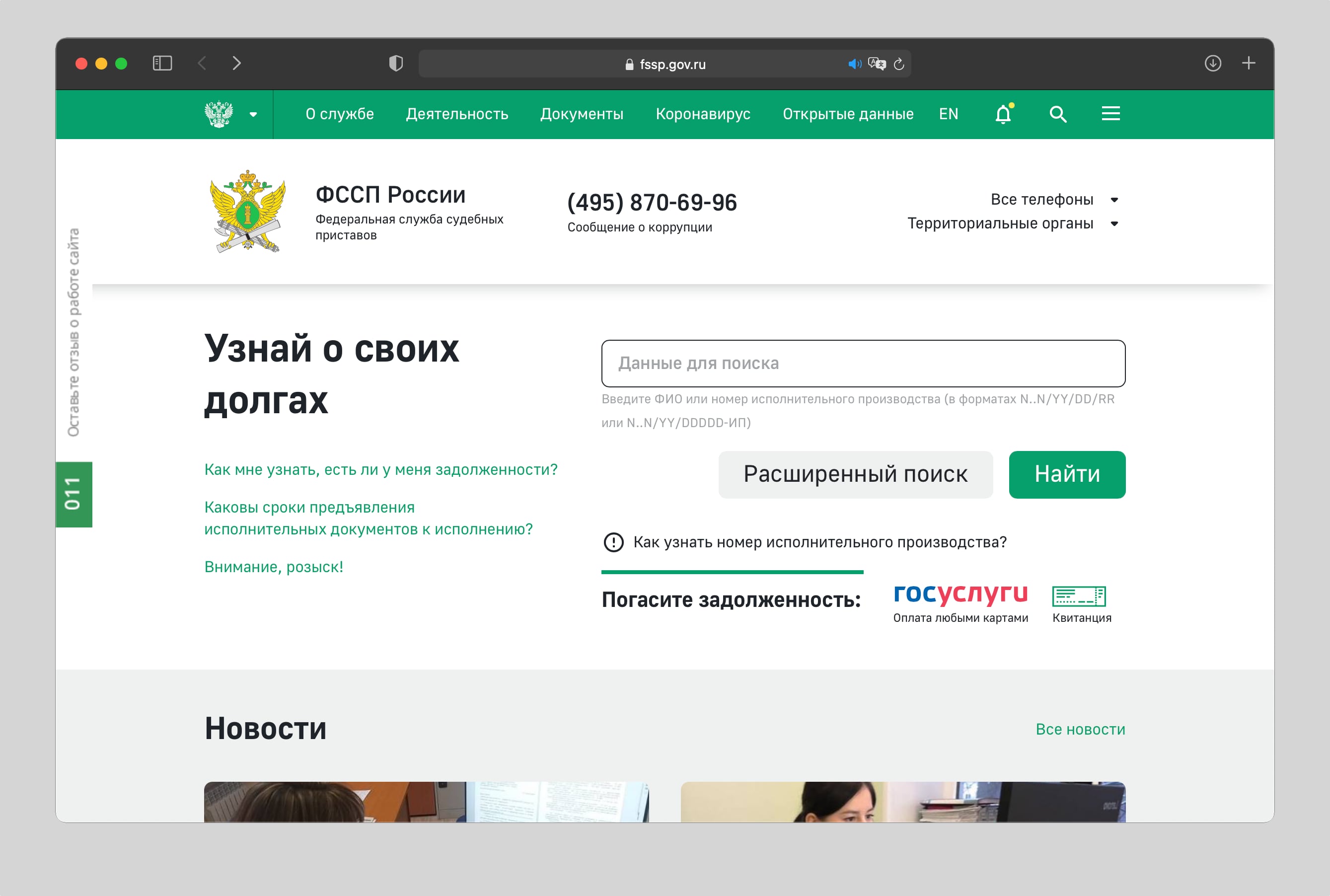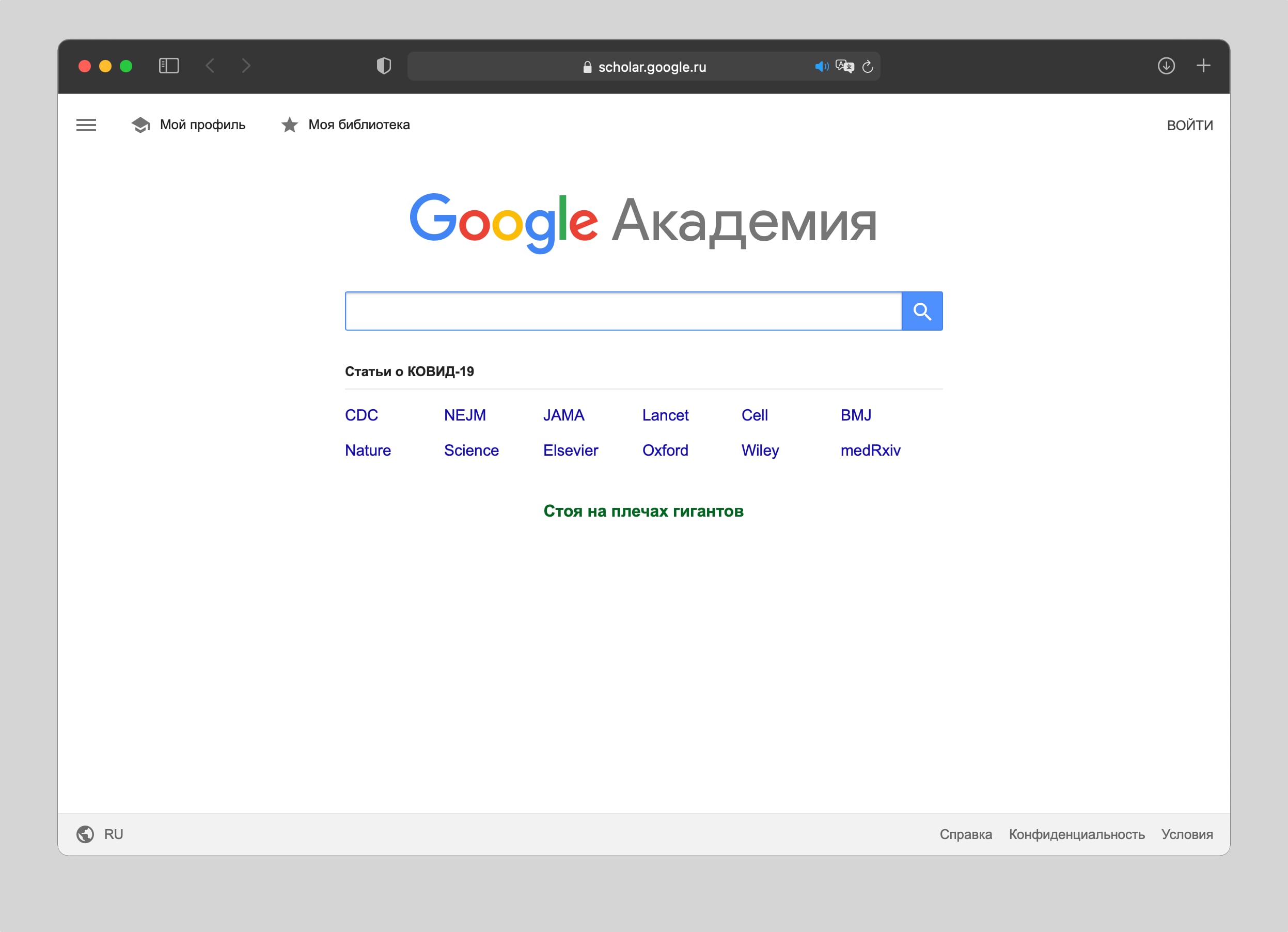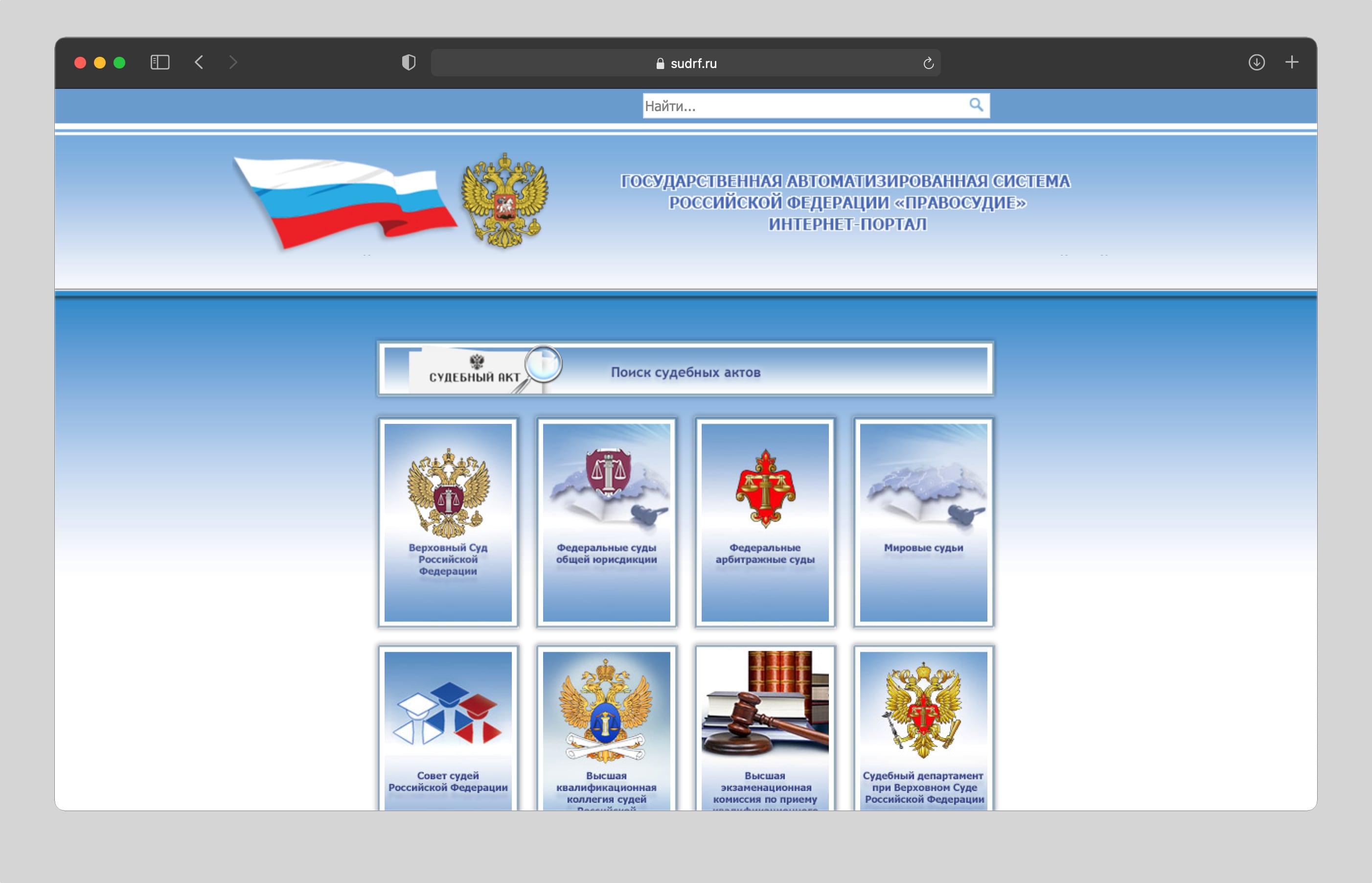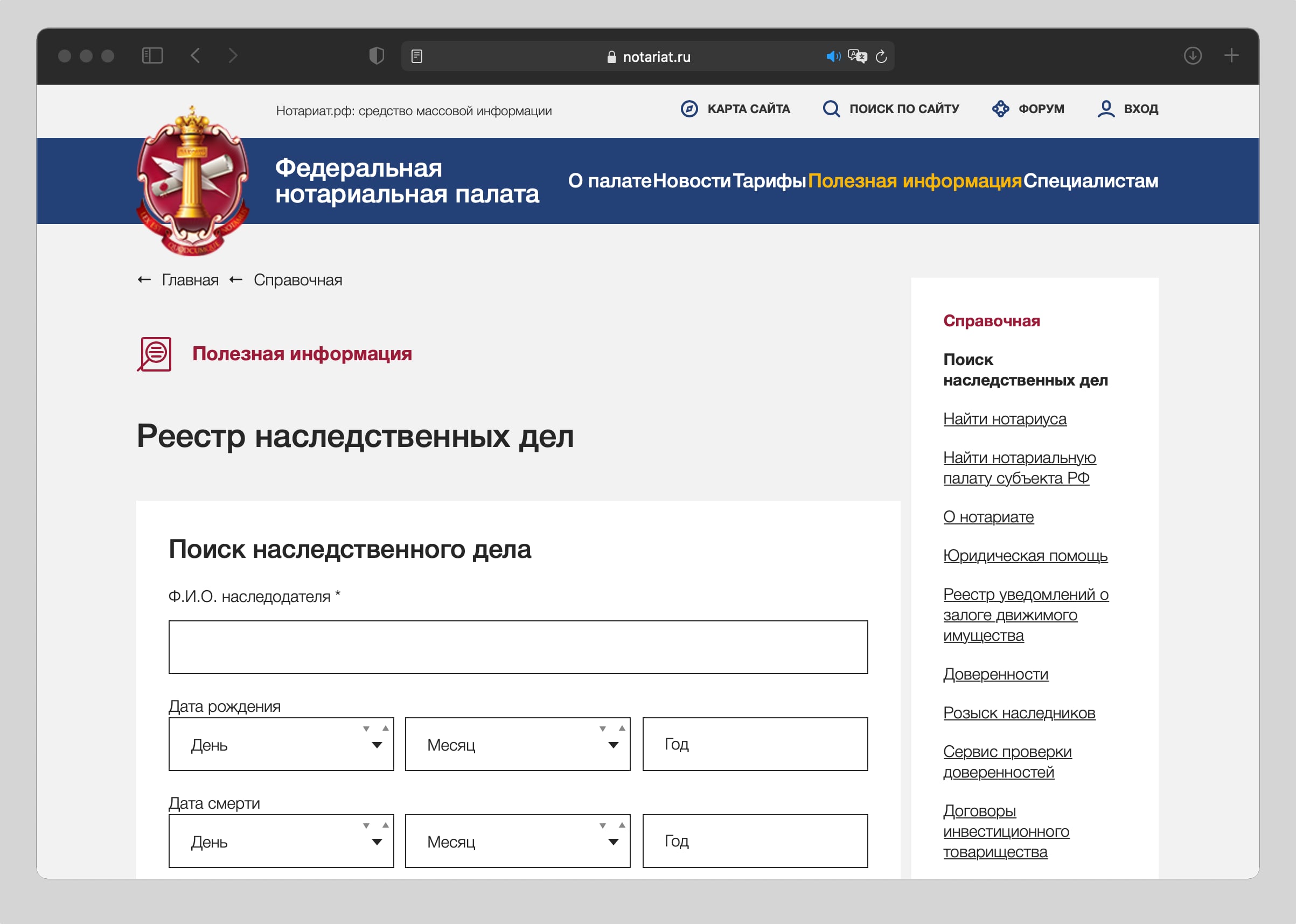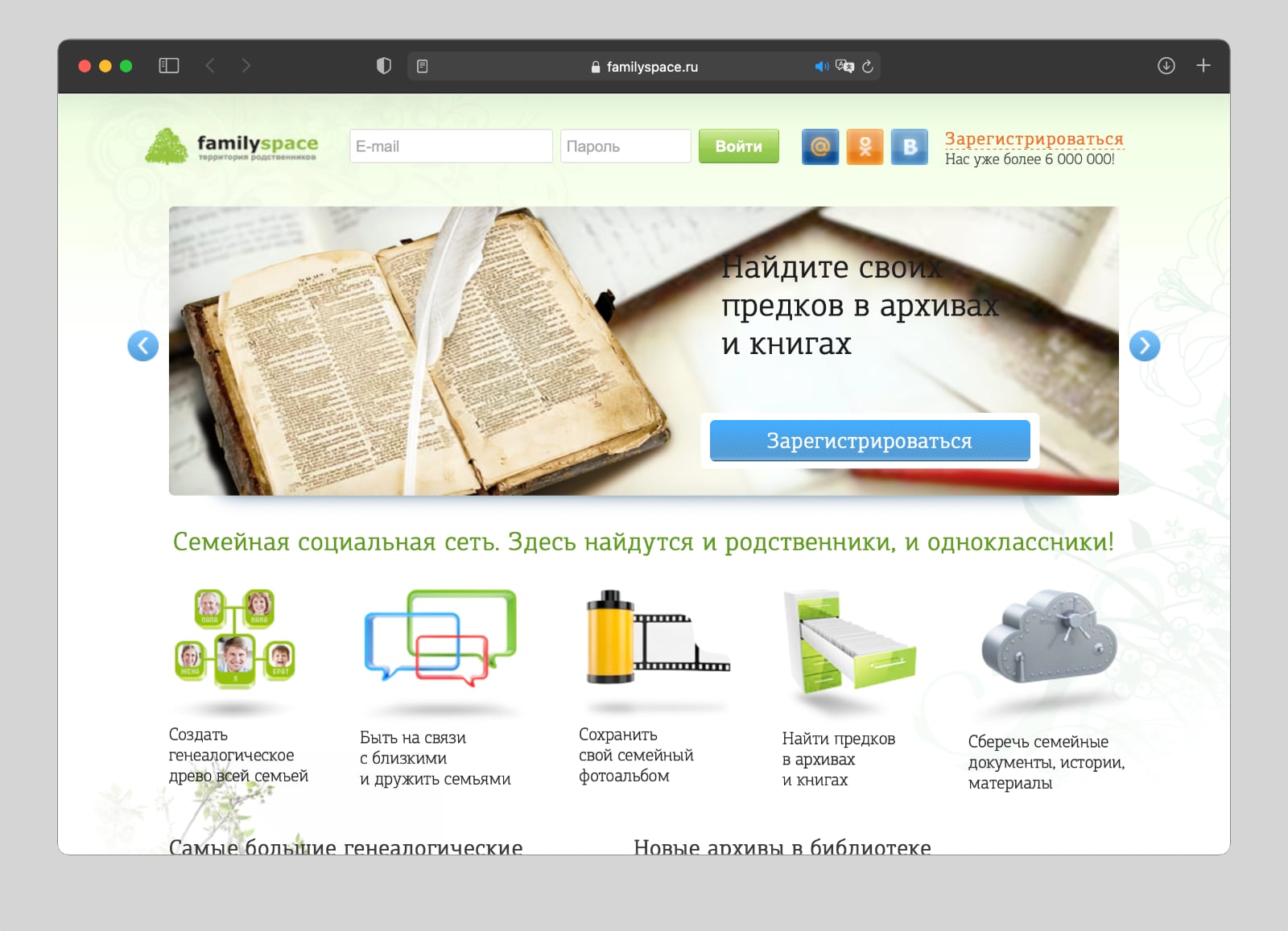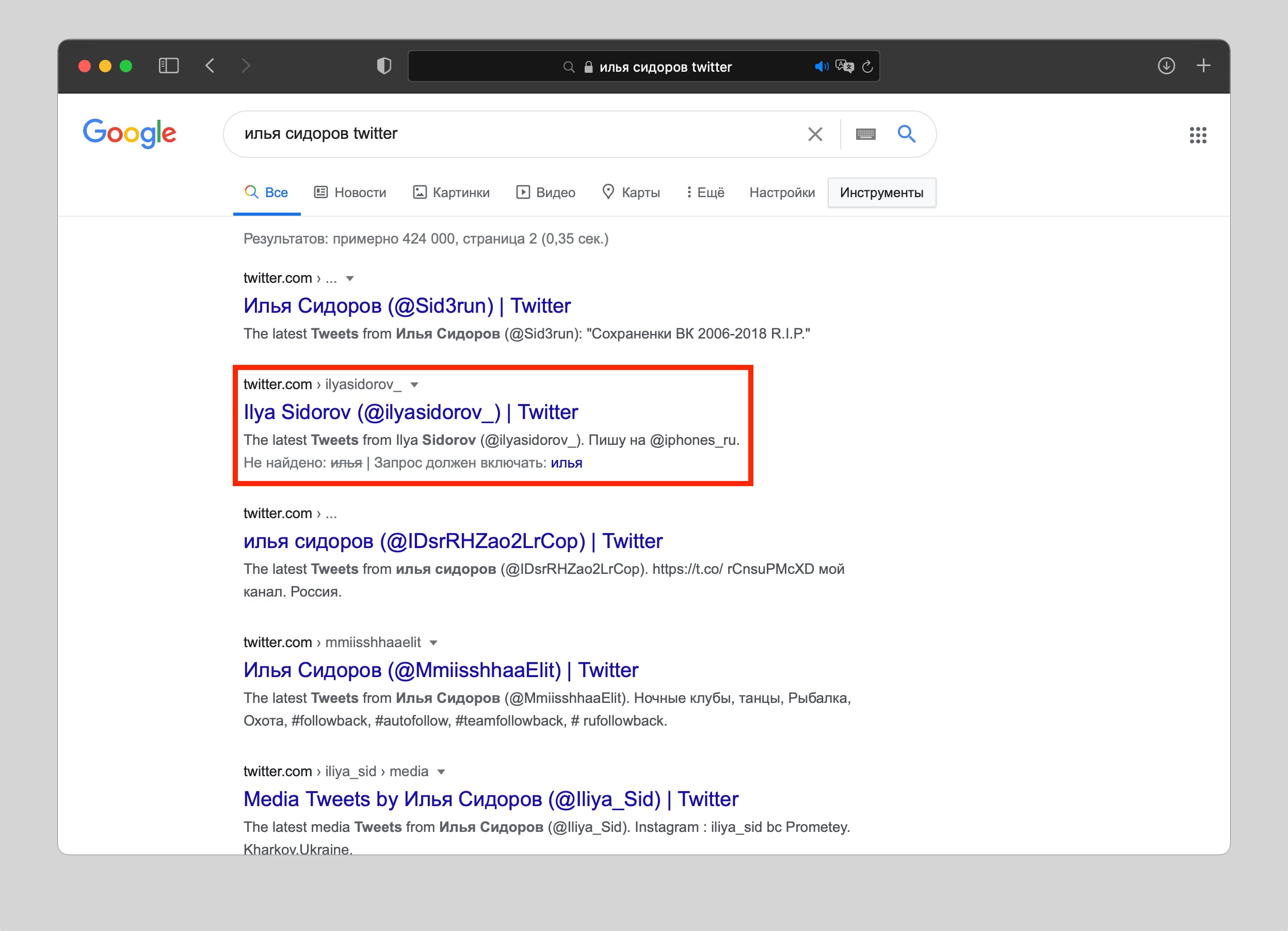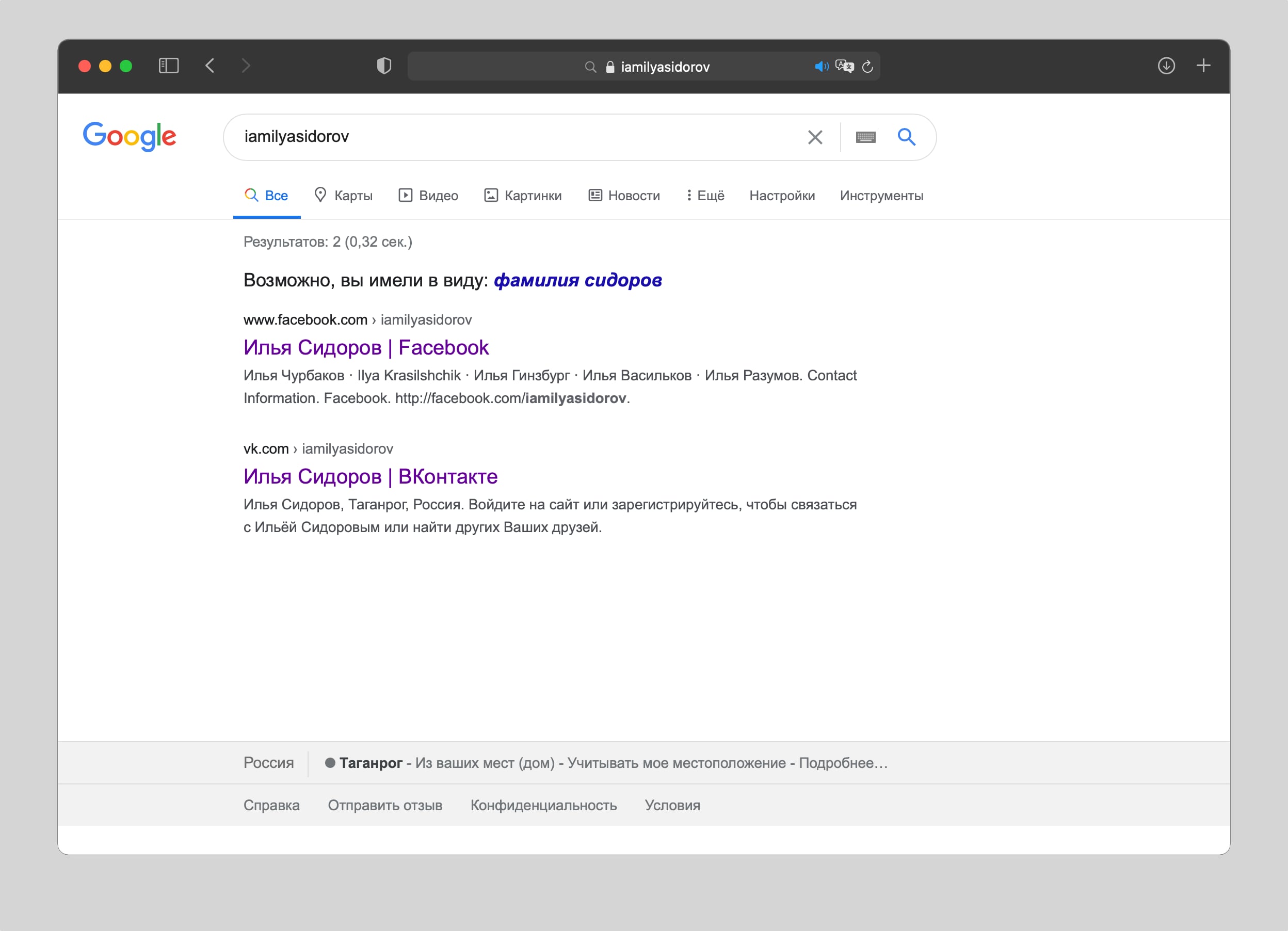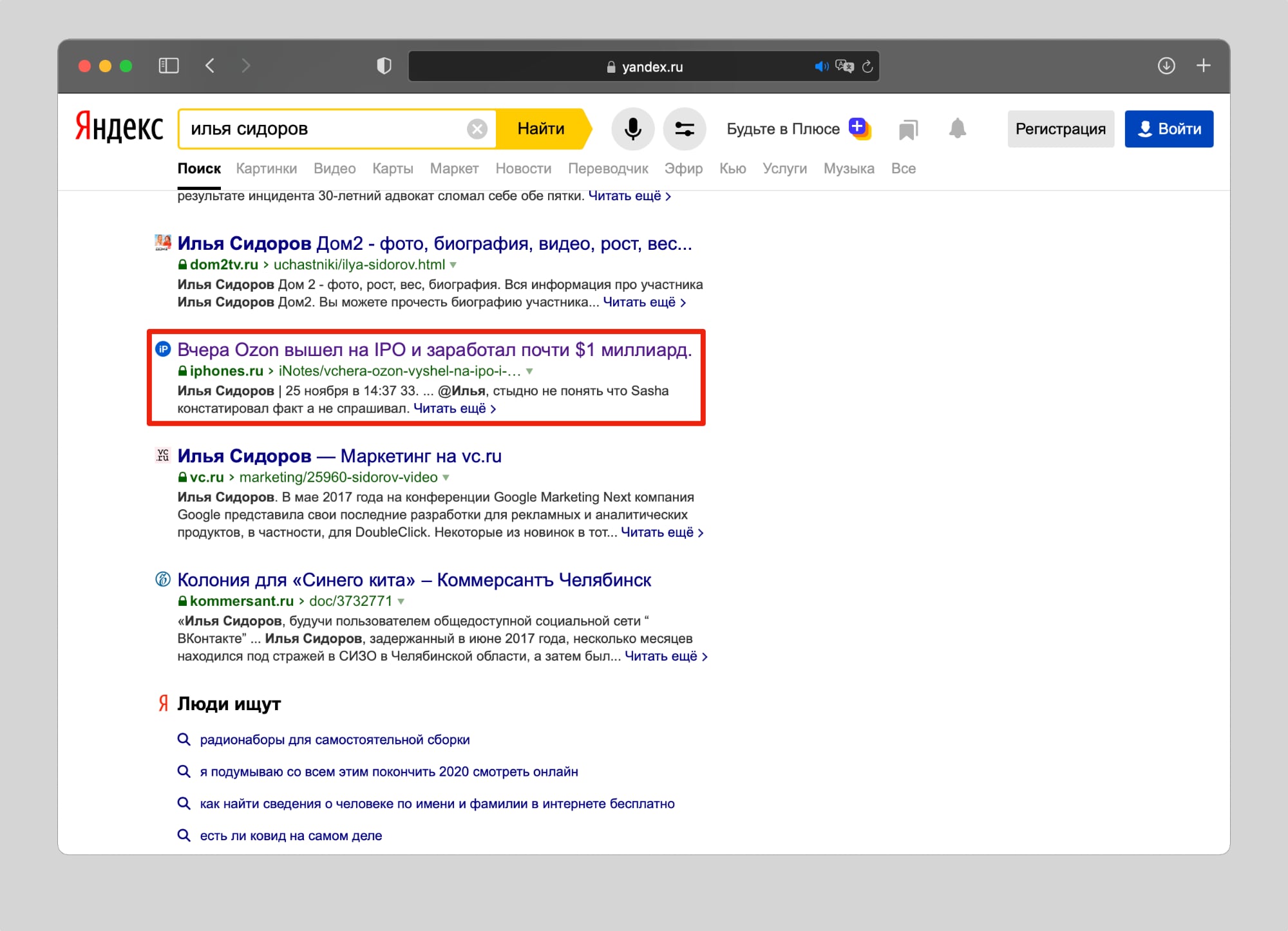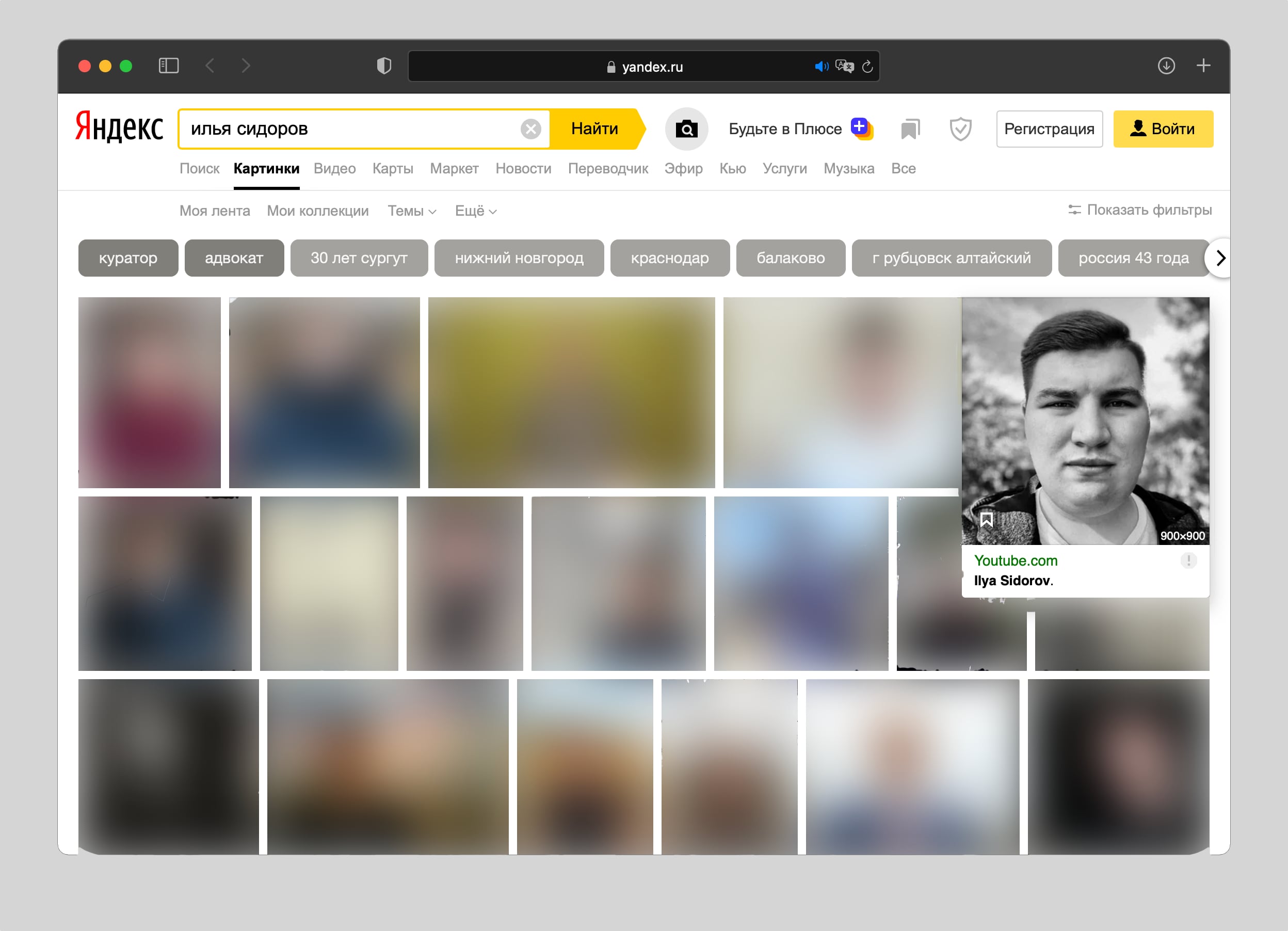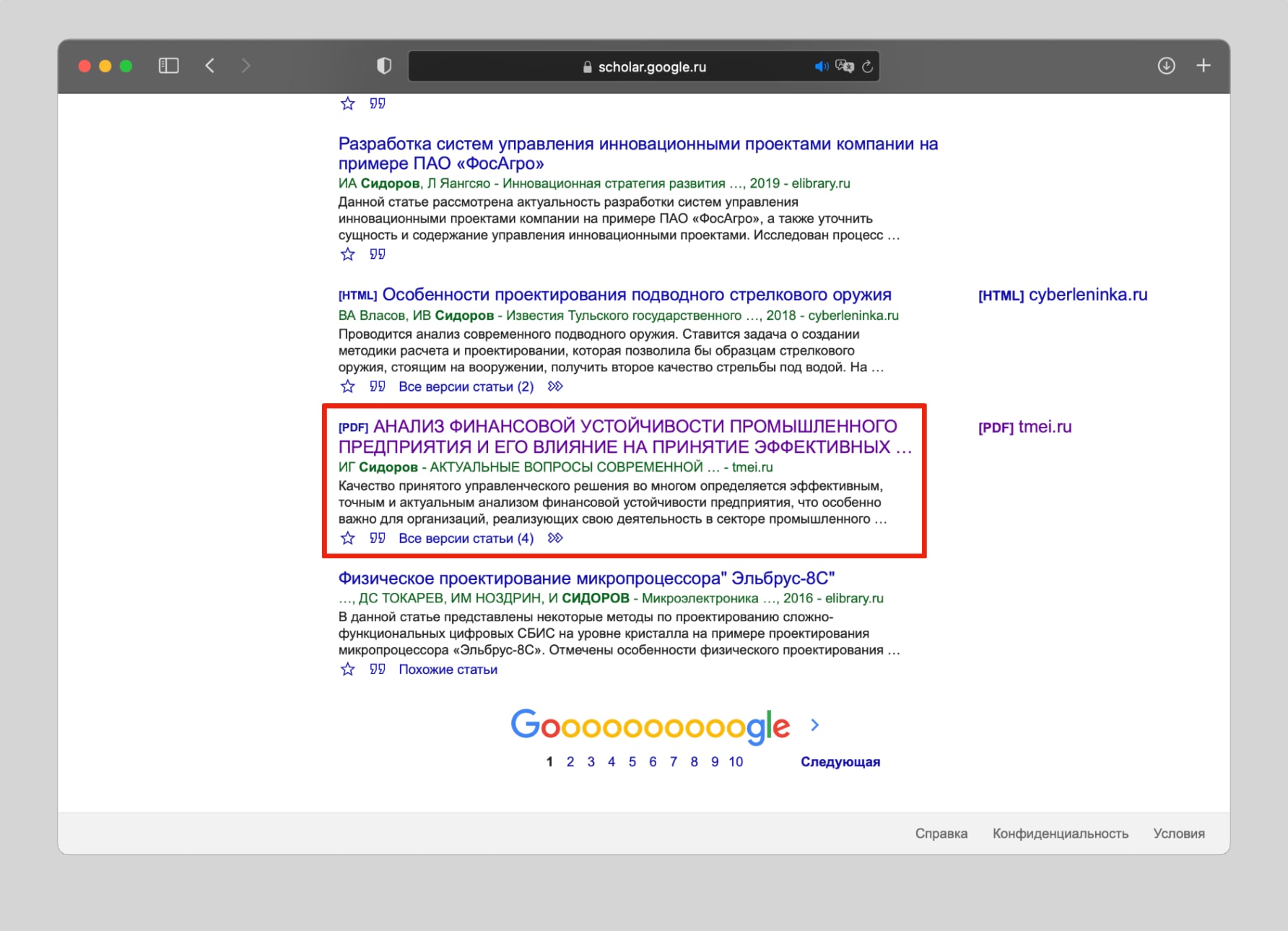сайт на котором можно узнать сколько людей с твоей фамилией
Search for meanings & distribution of 30 million first names
The Origin of Names
A personal name can be made up of multiple components, which identify an individual, their lineage, family or clan. The part that refers to the individual is known as a given name. It can be made up of multiple names; the first of which is known as a first name or forename. This pages allows you to search first names – their meaning, popularity and distribution.
A given name may consist of only one name (the first name) or multiple names, in which case subsequent names are referred to as middle names. Today middle names are common among people with a Catholic, Protestant, Islamic or South Asian background.
Zoologists have found names are used by some animals, such as dolphins and parrots. So it is possible the ancestors of humans have been using names for more than one million years. But the written record of human history only spans back a little over 5,000 years. Thus much of our ancestors’ naming traditions are lost. The earliest known recorded name is that of the Egyptian ruler Serket, who lived around 5,200 years ago.
Presently names are typically recorded at birth in a civil registry. Previously they may have been given at a religious ceremony, such as baptism. In primitive cultures names could be changed during ones lifetime, based on an experience or status in their tribe.
This new era in naming custom has also seen the rise of newly created names. Sometimes these are variations of spelling that are more appropriate for the representative culture like Kristi and Cheri; concatenations of names like Billyjoe and Tommylee; additions of prefixes or suffixes like DeShawn, TyneIsha and TrayVon; from places names like Brooklyn and Paris; from surnames like Mackenzie and Murphy; and from characteristics like Precious and Providence.
Names are typically male or female, with the exception of Asia (particularly much of The Far East) where the gender of a name is more ambiguous.
Search for Meanings & Distribution of 31 Million Surnames
Origin of Surnames
Throughout history humans have been known by more than one name to distinguish them from other people with the same name. As societies became more complex or were colonised by more complex societies these distinguishing names became fixed and were passed on to the next generation. The nature of the surnames depends on what was important to the society at the time surnames were adopted. Thus hunter-gatherer societies often distinguished individuals by an event, a characteristic or a religious connotation. More technically advanced cultures with a settled society typically derived surnames from occupations, social status or place of residence. Surnames derived from a father’s name are common, particularly in societies that were less developed when they adopted surnames.
Thus John ‘the tailor’, who was son of Peter ‘the Bald’ and grandson of Henry ‘of the green’ passed his distinguishing name (Tailor) to his children, even though none of them may have been tailors. Hundreds of years later this tells you that someone with the surname, Tailor or Taylor, had a ancestor on their paternal line who practiced that profession.
The earliest surnames in Western Europe grew out of existing methods of distinguishing people. Thus, a noble ruling from Savoy may have been known as Umberto de Savoy, a blacksmith may have been known as John le Smith and a bald man may be known as William the Bald; much in the same way we refer to people in similar ways today, such as John the Gob or Rachel the Bean Counter. These names were not necessarily hereditary, but were dictated by circumstance. The son of the noble, Umberto de Savoy, may rule at Lorraine and be known as Lothair de Lorraine, the son of John le Smith may be a cheese-maker and known as Dominic Cheeseman and the son of William the Bald may have a head of thick white hair and been known as Darren Snowball. Surnames only arose when families decided they were going to stick to a ‘pseudo-surname». This change occurred at different periods in different regions. For example, surnames were largely adopted between the 11th and 16th centuries in England, between the 16th and 19th centuries in Wales and between the 11th and 19th centuries in Scotland. Each family has to be taken on a case by case basis. Though it is not possible to prove the origin of most surnames, it is possible to make educated guesses in some cases.
A surname’s origin is influenced by the progenitor’s social class and the culture they lived in. Those of higher social status often took surnames that are uncommon today; whereas people of lower social status often took what are today common surnames. It is also clear that people of lower social status had less control over their surnames, no doubt handed to them by aldermen, lords and other authorities. Thus we find numerous insulting surnames, such as Dullard, meaning a hard and conceited man.
Patronymic Surnames
Patronymic surnames are indistinguishable from clan surnames, which may be assumed by subjects of a clan leader.
Occupational Surnames
Surnames derived from the occupation of an ancestor are also common, with Smith being the most common surname in the UK. This category of surnames is divided into two groups: standard occupations and titular occupations, such as Stewart, derived from an ancient clan title in Scotland.
Topographical Surnames
Topographical surnames can be derived from features of a landscape (Hill, Ford) or from place names (London, Aston, Eaton, Molyneux). Those surnames derived from place names were initially adopted by families that held land. However, later such adoptions of surnames derived from place names occurred when people moved from one place to another.
Descriptive Surnames
Descriptive surnames are less common, partly as they were often derived from unflattering characteristics such as: stupidity, girth, baldness and sometimes outright insults like Blackinthemouth. Many of these surnames have disappeared. There is on the other hand good survival of surnames derived from positive or neutral characteristics; Trow & Triggs (meaning trustworthy), Young, White and Good.
Matronymic Surnames
Matronymic surnames are derived from the name of a female ancestor (usually the mother) and are uncommon in most parts of the world. Such names may arise due to illegitimate or posthumous births and occur amongst nobility when the mother was higher ranked than her spouse or ‘bit on the side’.
Сайт на котором можно узнать сколько людей с твоей фамилией
An index to and images of books recording the baptism, marriage and burial of around 1 million people. The records cover people of German extraction.
An index to over 170,000 various birth and baptism records, listing parents’ names.
A small index to several-hundred-thousand records from select countries.
An index to and images of books recording the baptism, marriage and burial of around 1 million people. The records cover people of German extraction.
An index to more than 30,000 marriage records, including personal details, names of relations and particulars of marriage.
An index to more than 30,000 marriage records, including personal details, names of relations and particulars of marriage.
An index to and images of books recording the baptism, marriage and burial of around 1 million people. The records cover people of German extraction.
A searchable database of over 1 million Jewish burials with photographs of the matzevot.
An index of around 100,000 death and burial records. The index may include names of relatives and details of the death.
An index to over 2.1 million people mentioned in Associated Press stories, including name, subject, location, date and a reference to the article.
An index to around 500,000 Associated Press articles.
An index to and digital images of hundreds-of-thousands of world newspaper articles.
A record of over 600,000 immigrants arriving in the United States; being predominantly those escaping the Irish famine. Records may contain numerous useful details, such as age or year of birth, native county and intended destination.
Abstracts of details found in passenger lists, passport records, correspondence and seaman records, which may list name, age, gender, birthplace, occupation, residence, destination, emigration date and more. Most passengers were traveling to North America.
Indexed images of over 400,000 obituaries of Germans from Russia who died in North America.
Transcripts of passenger lists recording over 500,000 Russians who arrived in New York. Includes ages, birthplaces and other details.
An index to and images records detailing the incarceration of 1.34 million military personnel, civilians, diplomats, missionaries & merchant seamen who were held as prisoners of war. The records cover British prisoners held by foreign powers and non-British prisoners held by Britain.
Created by the Soviet Union at the end of World War II to document German crimes during the occupation, the Soviet Extraordinary Commission compiled testimonial information gathered from the evidence of neighbors, eyewitnesses, and survivors.
Official reports relating activities of American interest in the Soviet Union, prior to World War II, including accounts of conferences, communist activities, living conditions, oil interests, trade unions, the railway, and collective farms. Other countries, including Germany and China are featured in some of the correspondence.
A statistic and descriptive gazetteer of nations.
Useful for locating places, this searchable gazetteer gives brief details, latitude and longitude for more than 1.5 million features, places and regions throughout the world.
Photographs and transcriptions of millions of gravestones from cemeteries around the world.
Indexed images of over 400,000 obituaries of Germans from Russia who died in North America.
Over 60 million historic photographs and documents submitted to Ancestry. This rich collection contains many rare sources of interest to local historians and will be relevant to most genealogical research.
Over 7 million remembrances and historic details submitted by Ancestry members. Useful for local historians.
Created by the Soviet Union at the end of World War II to document German crimes during the occupation, the Soviet Extraordinary Commission compiled testimonial information gathered from the evidence of neighbors, eyewitnesses, and survivors.
Official reports relating activities of American interest in the Soviet Union, prior to World War II, including accounts of conferences, communist activities, living conditions, oil interests, trade unions, the railway, and collective farms. Other countries, including Germany and China are featured in some of the correspondence.
A database of cricket scores and players.
A searchable database of linked genealogies compiled from thousands of reputable and not-so-reputable sources. Contains many details on European gentry & nobility, but covers many countries outside Europe and people from all walks of life.
The lineages of Russian royalty and nobility, with biographical details and extracts from historic documents.
A compilation of lineage-linked family trees submitted by Ancestry users. The database contains over 2 billion individuals and is searchable by numerous metrics.
A searchable database of linked families. It largely covers royalty and nobility, but also contains actors, footballers and American presidents.
A collection of legacy trees submitted by Ancestry users containing nearly 400 million individuals.
A searchable database of linked genealogies compiled from thousands of reputable and not-so-reputable sources. Contains many details on European gentry & nobility, but covers many countries outside Europe and people from all walks of life.
The lineages of Russian royalty and nobility, with biographical details and extracts from historic documents.
A searchable database of linked families. It largely covers royalty and nobility, but also contains actors, footballers and American presidents.
An index to and images of books recording the baptism, marriage and burial of around 1 million people. The records cover people of German extraction.
An interactive index to thousands of maps covering the world, continents, countries and regions. The majority of maps cover Britain and Ireland.
A work which list the history and etymology of Jewish surnames found in the Ukraine, Belorussia, Bessarabia, Lithuania, and Russia.
A database containing variants of 100,000s of given names used by Jews.
Owing to the war and to two revolutions, the old Russian Empire is now in a state of upheaval and anarchy, and it is impossible to foretell what will be its ultimate frontiers and kind of Government. For the present, one can only be fairly certain that future Russia will not include either Poland or Finland, which will remain independent States. But even without these two States, Russia occupies an immense territory in Europe and Asia, with unlimited resources and with an enormous population (roughly 180 millions), which will ensure an ample supply of comparatively cheap labour.
Russia is predominantly an agricultural country, and though some parts of its territory are unsuitable for cultivation, it possesses on the other hand in the South an immense belt of very fertile land-the so-called black soil, and an equally fertile and still larger wheat growing area in Siberia. Russia grows wheat, rye, flax (chiefly in the Northern provinces), hemp, cotton (in Central Asiatic provinces), tobacco, sugar beet, etc. Cattle raising is also an important industry, as there are very rich grazing lands, for instance in the Don region.
Russia exported grain, butter, eggs, poultry, bacon and other produce, hides, hemp, flax, timber, sugar, etc.
The timber wealth of Russia is practically unlimited, and though Russia has been exporting very large quantities of it, it may be safely said that its export could be enormously increased as soon as many districts in the North are tapped, which have been left untouched, owing to the absence of proper ways of communication.
The output of oil in Russia-a commodity which assumes a greater and greater importance-formed a very large part of the total world output of oil. The chief oil bearing areas are in the Caucasus near the Caspian Sea, but there are also other still unexplored large deposits of oil in other regions, so that supplies of oil from Russia are likely to play a great part in the future.
It would be impossible to give an adequate idea of the mineral wealth of Russia in the space available. It may be mentioned however that, besides being the chief source of supply of platinum for the world, Russia possesses inexhaustible deposits of gold, silver, iron, manganese, copper, rare metals, etc., etc.
Russian manufacturing industry reached a very high degree of development before the war. It has a large number of engineering and metallurgical works, shipbuilding yards, spinning and weaving mills, paper mills, boot factories, sugar mills, breweries and distilleries, chemical works, glass works, etc., etc. Although Russian engineering industry was highly developed, it could not supply even a small part of the machinery required for home consumption, so that Russia formed an excellent market for foreign manufacturers.
In view of the present unsettled conditions in Russia and of the utter collapse of Russian currency (the rate of exchange being 30.000—40.000 roubles to £, instead of 9.40—9.60 before the war), trade with Russia is practically out of the question, but as soon as more normal conditions prevail, Russia will be for a long time a market that will greedily absorb all kinds of goods.
Among the goods for which there will be an unlimited demand for years to come may be mentioned agricultural machinery and implements, rolling stock, rails, tools and machine tools, cutlery, mining machinery, spinning and weaving machinery, sugar machinery, electrical machinery motor vehicles of all kinds, cotton and woollen goods leather, stationery, soap, perfumery, etc., etc.
Preparations ought to be made, therefore, to begins business as soon as it becomes possible, so as to forestall foreign competitors, and it might be a good plan to have catalogues ready, printed in Russian.
In preparing catalogues for Russia, it must be born in mind that Russian measurements differ but little from the English ones. Below will be found a short table Russian weights and measures.
Note.-Russian inches and feet are the same a English :—
1 vershok = 1 ¾ inches.
1 arsheen = 16 vershok = 28—inches.
1 sagen = 7 ft. = 3 arsheen.
1 verst = 500 sagen = 3,500—ft.
1 Russian lb. = 32 lots = 96—zolotnik = 0.9 lb. English.
(1 lb. Russian = 409 gr., 1 lb. English = 454 gr.) 1 pound = 40 lbs. Russian = 36 lbs.
Before the war, the number of ordinary newspapers and trade and technical publications in Russia, though by no means in proportion to the size of the population was fairly large and rapidly increasing. With the exception of a few sheets published by the various Soviets and generally called “lzvestia” (News), there is now practically no Press.
Сколько в мире людей с точно такой же фамилией, как у меня?
Люди всегда с интересом слушают про создание клонов среди людей, и многим бы хотелось встретить своих клонов. К сожалению, пока это практически невозможно, однако встретить граждан с такой же фамилией как у вас, вполне вероятно, и в мире зачастую их очень много.
Для поиска таких людей необходимо воспользоваться сайтом forebears.io, и вы запросто сможете найти интересующих вас граждан с идентичной фамилией.
Сколько в мире людей с моей фамилией, как искать
Для начала поиска вам необходимо в поисковую строку забить на латинице свою фамилию и нажать ENTER. После этого сайт покажет вам количество ваших однофамильцев. При этом он сделает не только точный подсчет ваших тезок, но и покажет, в какой стране их наибольшее количество, а где их проживает гораздо меньше.
Это крайне интересная информация, и таким же образом вы можете проанализировать фамилии всех своих друзей, а позже и им показать данный сайт, и они уж точно не останутся равнодушными к подобного рода информации.
Поиск по фамилии на сайте
В Российской Федерации и в странах бывшего Советского Союза очень часто можно услышать истории о том, как люди потеряли связь с когда-то очень близкими друзьями и родными и очень жалеют об этом, желая возобновить общение. Для этого они часто обращаются в сервисы по бесплатному поиску людей по фамилиям и просят найти потерявшихся или сбежавших родных и близких людей, информации о которых у них не так уж много. Также многие пытаются найти соседей по комнатам в студенческих общежитиях, сослуживцев и даже школьную любовь. Помимо этого, ищут людей, о которых помнят много хорошего и беспокоятся о них, но они находятся далеко, а общих контактов уже не осталось.
В прошлом столетии если люди оказались в разных городах, то крайне редко могли созвониться, а уж тем более встретиться, и, скорее, надеялись на какое-нибудь чудо, что судьба вновь сведет их в одном месте в прекрасный час. Однако бывают ситуации, что родственники вообще могли не видеть друг друга и, кроме имени и фамилии, даже нет никаких данных. Такие поиски часто длились десятки лет и, зачастую, к сожалению, безуспешно.
На сегодняшний день такие поиски проводить гораздо проще, ведь интернет творит настоящие чудеса. К примеру, людей можно найти при помощи сайта по поиску людей по фамилии. Для этого необходимо лишь перейти на данную ссылку: https://poiski-people.ru/poisk-po-familii.html. Таким образом, если раньше на подобного рода поиски ушли бы года и если и удалось найти человека, то часто он не доживал до этого дня, то при появлении интернета и наличии различных баз данных, включая фамилии миллионов наших соотечественников, эта миссия стала намного проще. Наличие более подробной информации поможет быстрее добиться результата, однако даже при наличии фамилии и имени человека, ваши старания приведут к достижению результата.
Главное при поиске — не опустить руки и не потерять надежду. Основными преградами при поиске родных и близких людей психологи называют боязнь не добиться результата и нерешительность. Данные причины проявляются ввиду того, что человек:
Если же отбросить все «возможно» и «если», в 21 веке нет ничего недостижимого для человека целеустремленного и решительного. Боритесь за свое счастье и берегите близких, тогда никого не придется искать.
9 способов узнать всё про человека, имея только его имя и фамилию
Многие люди недооценивают, как много информации можно найти о них в интернете, зная только их имя и фамилию.
И ведь любой желающий имеет доступ к этим данным! Потому что все сервисы, о которых речь пойдет ниже, бесплатные и легальные.
Расскажу о самых простых способах узнать всё о человеке по ФИО.
1. Находим человека в соцсетях
Первым делом по имени и фамилии можно найти человека во всех популярных социальных сетях, конечно, если он там зарегистрирован.
Советую начать с ВКонтакте, поскольку в России это самая популярная соцсеть, к тому же у неё есть хорошие фильтры для поиска.
Затем можно искать человека в Instagram, Facebook, Одноклассниках и Twitter.
Не забывайте, что имя в интернете может не совпадать с данными паспорта. И если фамилию, как правило, пользователи редко меняют, то вместо Евгения человек может подписаться Женя. Поэтому учитывайте этот нюанс.
И еще один совет: когда найдете профиль в одной соцсети, пробейте имя пользователя в других сервисах. Вполне возможно, что человек везде использует одинаковый ник.
2. Как узнать, каким бизнесом владеет человек
На сайте налоговой есть сервис по поиску предпринимателей по имени и фамилии. С помощью этой информации мы можем узнать, чем примерно занимается человек.
Кроме того, в базе открыто хранится номер ИНН. Первые его четыре цифры являются кодом подразделения ФНС. Ищем его в Google или Яндексе, и выясняем, в каком городе человек зарегистрировал ИП. Зная родной город незнакомца, искать его будет намного проще.
3. Что можно найти в Google и Яндексе
Поисковые системы могут выдать интересные результаты. Например, сайты и форумы, на которых зарегистрирован человек.
Таким образом, можно найти место работы, учебы и даже упоминания в СМИ. Правда для последнего потребуется чуть больше информации.
4. Как узнать, находится ли человек в розыске
На всякий случай человека можно попробовать найти в базе МВД, особенно, если он вызывает опасения.
У МВД есть для этого бесплатный сервис, только для поиска придется указать год рождения. Данное поле можно заполнить наугад, если знаете примерный возраст.
5. Как проверить долги человека
На главной странице сайта Федеральной службы судебных приставов есть поиск задолженностей, в том числе штрафов и алиментов.
Можно указать номер исполнительного производства или ФИО, причем отчество необязательное поле. В общем, пишем имя и фамилию, а затем изучаем базу.
6. Какие научные публикации есть у незнакомца
C помощью сервиса Google Академия можно найти научные статьи, которые опубликовал человек. В отличие от обычного Google Поиска, Академия ищет публикации и в закрытых библиотеках.
Для использования этого сервиса не помешает информация о месте учебы или работы. Это иногда указывается в Facebook и ВКонтакте.
7. Как найти неизвестного человека в судебных базах
На сайте государственной системы Правосудие можно проверить, в каких судебных делах участвовал незнакомец. Для этого понадобится только имя и фамилия, но лучше знать как можно больше данных, чтобы получить наиболее релевантные результаты поиска.
К сожалению, не ко всем делам прикреплен текст решения судьи. Но если он будет, то сможете прочитать почти все детали процесса (некоторая конфиденциальная информация в документах не указывается).
8. Как узнать, жив ли человек или нет
Если вы почти ничего не знаете про человека которого ищете, то не помешает проверить, живой ли он или уже умер.
Для этого можно воспользоваться справочной Федеральной нотариальной палаты.
9. Как найти информацию в архивах
Если вы ищете неживого человека, то все сервисы в этой статье будут бесполезны. Зато в FamilySpace можно найти старые архивы, в которых упоминается незнакомец.
В FamilySpace хранятся материалы переписей населения, метрические книги, адресные книги городских жителей, списки победителей и многое другое.
Что я нашел о себе в интернете
Я решил проверить некоторые из этих способов на себе. Первым делом написал свое имя в Google и нашел аккаунты в Twitter и Facebook. Затем открыл Яндекс и на первой странице увидел свой профиль в Instagram.
Больше всего я удивился, что мне не удалось найти страницу во ВКонтакте.
Однако мое имя пользователя в Facebook совпадает с ВКонтакте, поэтому я без проблем нашел аккаунт с помощью Google.
Помимо страниц в соцсетях, я нашел ссылки на свои материалы на iPhones.ru и других сайтах, где я работал раньше.
Благодаря Яндекс.Картинкам у меня получилось найти фото профиля на YouTube, а вместе с ним ссылку на свой канал.
В реестре предпринимателей я не стал искать себя, поскольку никогда не открывал ИП и ООО.
В базах МВД, ФССП и Правосудия про меня ничего нет.
С помощью Google Академии нашел ссылку на свой доклад на научную конференцию, которая проходила в моем институте.
В итоге, зная только имя и фамилию, у меня получилось найти страницы в социальных сетях, место учебы, работы, научные публикации и фотографии.
Если проанализировать соцсети и попытаться найти другие фото, то можно получить еще больше информации.

